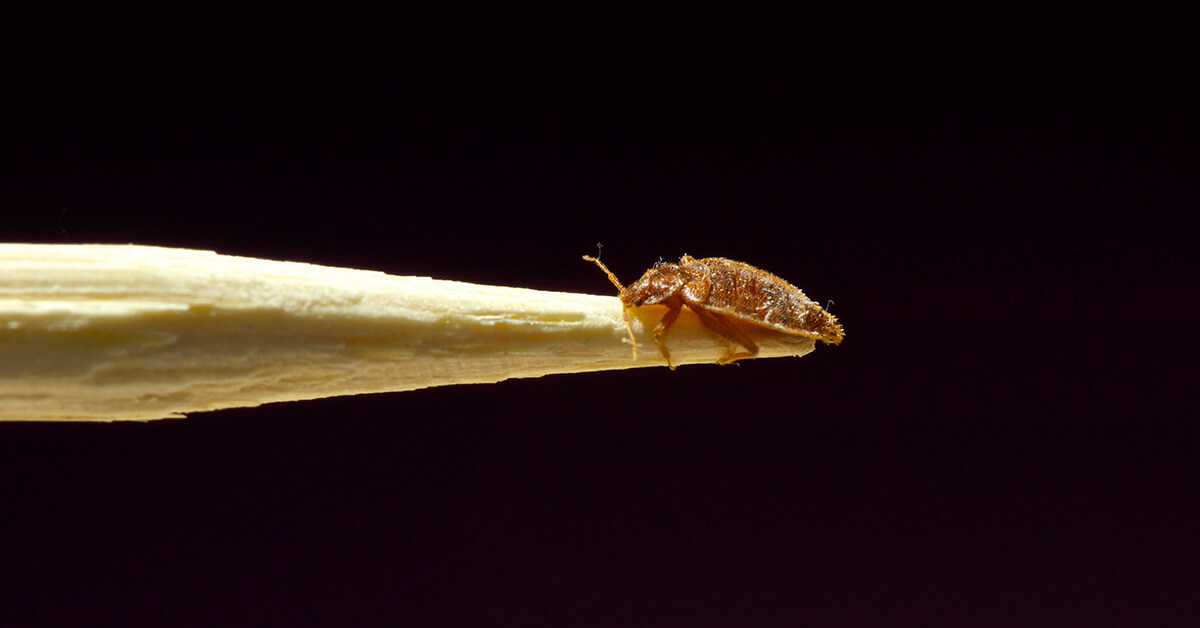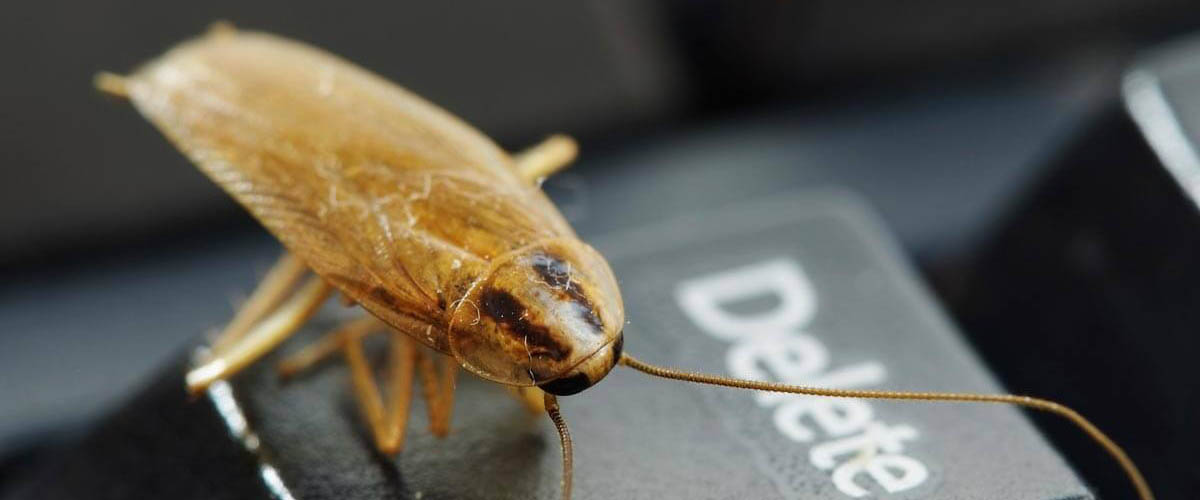The Truth About Bedbugs
While a bedbug (Cimex lectularius) infestation is definitely a distressing occurrence, the truth is, there are many misconceptions surrounding this 1/5-inch-long troublemaker. Discover how much you know about bedbugs by responding to the following true-or-false statements.
TRUE OR FALSE?
Bedbugs are found only in dirty homes and hotels.
False: Bedbugs can be found just about anywhere. The cleanliness of a home or hotel doesn't matter. These bloodsuckers have only one goal—to feed on people and animals, including cats, dogs and birds.1 Reducing the clutter in your home, however, can help limit where bedbugs hide.2
Bedbugs transmit disease.
False: Despite their incessant biting and feeding, bedbugs haven't been found to transmit any type of disease, according to Purdue University's Department of Entomology.3 However, sensitive individuals can react to bedbug bites, and scratching may lead to secondary infections.4
Bedbugs feed all day long.
True: These stealthy pests prefer to feed at night, but if they're really hungry, they will snack during the day.4
Bedbugs travel by flying and jumping.
False: Bedbugs are wingless and unable to jump or hop. These sly pests crawl onto clothing, furniture, bedding, carpeting and luggage, and often hitch rides on these items. For example, bedbugs can make their way into your suitcase in a hotel room, and you unwittingly transport them back to your home.2
If you wake up with bites, you were probably bitten by bedbugs.
False: Distinguishing bedbug bites from other biting pests, such as fleas, mosquitoes and spiders, is nearly impossible. So don't be too quick to make assumptions. Mosquito bites, for instance, can resemble bedbug bites.5
It can take a while to detect a bedbug infestation.
True: If you're bitten by a bedbug, it's possible that you won't have a reaction. The saliva released by the bedbug during biting contains chemicals that anesthetize the skin and inhibit bleeding, so the bites can be undetectable.6 If you don't react to bedbug bites, you'll only know of an infestation when you see the pests in your home.
If you suspect bedbugs have made their way into your home, act quickly. Check for live bedbugs on mattresses, bedding and furniture, and under loose wallpaper and points where your ceilings meet your walls. Also check for rust-colored, pinhead-size bedbug excrement stains.1
Bedbugs can live for an extended period of time without feeding.
True: Unfortunately, bedbugs can live for months without a meal. This ability to endure without nourishment makes them one of the most difficult of indoor pests to eradicate.4
Once you find proof of infestation, you'll need to discard clothing and furniture.
False: Though it is challenging, it's not impossible to get rid of bedbugs on belongings. Bedding and clothes can be laundered using hot water and laundry detergent. Be sure to put the dryer on high heat for a minimum of 30 minutes. Vacuuming your mattress, furniture and carpeting will help to remove bedbugs and their eggs. Take your vacuum outdoors once you've finished and remove and discard the bag.7 In conjunction with cleanup and removal tactics, bedbugs can be treated with a wide variety of pesticides.8
An infestation of bedbugs is troubling and can try your patience. Knowing the truth about these pests can help you detect an infestation in your home as quickly as possible, and guide you to problem solving .
Resources:
1. "How to Find Bed Bugs," United States Environmental Protection Agency, June 8, 2015.
2. "Parasites - Bed Bugs," Centers for Disease Control and Prevention, January 10, 2013.
3. "Bedbugs," Purdue University Department of Entomology, 2008.
4. "Myths and Facts," The New York City Department of Health and Mental Hygiene, 2014.
5. Amanda Chan, "Bedbug Bites: What You Need to Know," LiveScience.com, September 09, 2010.
6. "Identifying and Controlling Bed Bugs: Guidelines To Help Rid a Home of Bed Bugs," Allegheny County Health Department.
7. Michael Merchant, "Bed bugs: Do-it-yourself control options," Texas A&M Agrilife Extension, 2014.
8. "Pesticides to Control Bed Bugs," United States Environmental Protection Agency, December 11, 2015.




